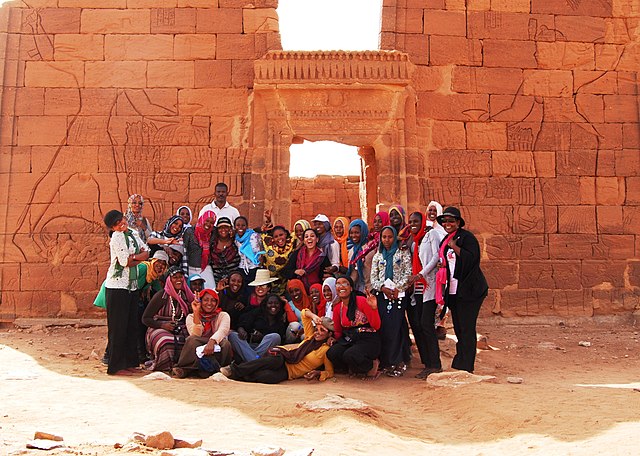Cultural Inclusivity Trends 2025
As we approach 2025, the conversation around cultural inclusivity is becoming more critical than ever. The world is witnessing a seismic shift towards embracing diversity, not just as a moral imperative but as a strategic advantage. Organizations that prioritize cultural inclusivity can enhance creativity, boost employee engagement, and strengthen their market position. Let’s delve into the cultural inclusivity trends that will define 2025 and beyond.(Cultural Inclusivity Trends 2025)
In recent years, cultural inclusivity has moved from being a “nice-to-have” to a vital part of modern organizations and societies. As we approach 2025, the growing diversity within global workforces, communities, and consumer bases demands that we rethink how we engage with cultural differences. Companies, governments, and institutions are increasingly recognizing the benefits of fostering environments that celebrate diversity. But what does cultural inclusivity look like in 2025?
The Rise of Intersectionality<
In 2025, we will see a greater emphasis on intersectionality—the idea that various social identities (race, gender, sexuality, etc.) intersect to shape an individual’s experience. Businesses will increasingly recognize that cultural inclusivity is not a one-size-fits-all approach. For instance, a tech company might create programs tailored to support both women and LGBTQ+ employees, ensuring that various voices are represented in decision-making processes.
Practical Insight:
Action Steps: Encourage diverse teams to participate in brainstorming sessions. This can lead to innovative solutions that consider multiple perspectives.
The Power of Technology in Inclusion
Advancements in technology will play a pivotal role in fostering cultural inclusivity. Tools powered by artificial intelligence and machine learning can help organizations analyze diversity metrics, create inclusive job postings, and even mitigate unconscious bias during recruitment.
Practical Insight:
Action Steps: Implement AI-driven tools to assess your hiring processes. Regularly review your diversity metrics to ensure you are meeting your inclusivity goals.
Inclusive Marketing Strategies
Brands will shift toward more inclusive marketing strategies, recognizing that diverse consumer bases demand representation. This means showcasing a variety of cultural backgrounds, body types, and lifestyles in advertising campaigns.
Practical Insight:
Action Steps: Conduct focus groups representing your target audience to understand how they want to be represented. This fosters trust and brand loyalty.
Community Engagement Initiatives
Cultural inclusivity will extend beyond the workplace. Businesses will increasingly engage with their local communities through initiatives that support cultural awareness and inclusion. This can include sponsoring cultural festivals, workshops, and outreach programs that promote understanding among different ethnic groups.
Practical Insight:
Action Steps: Partner with local cultural organizations to co-host events that celebrate diversity, encouraging community interaction and understanding.
Education and Training Programs
As cultural inclusivity gains traction, educational institutions and companies will prioritize training programs focused on diversity and inclusion. These programs will not only address biases but will also empower individuals with the knowledge to champion inclusivity within their circles.
Practical Insight:
Action Steps: Invest in workshops that teach employees about cultural competencies. This can lead to improved workplace dynamics and a more inclusive culture.
A Focus on Mental Health and Well-being
In 2025, organizations will recognize the importance of mental health as part of their inclusivity strategies. Understanding that cultural backgrounds can influence mental health perceptions, companies will provide tailored mental health resources that are culturally relevant.
Practical Insight:
Action Steps: Offer mental health resources in multiple languages and formats to cater to diverse employee needs, ensuring everyone feels supported.
Inclusive Leadership
The role of leadership in fostering cultural inclusivity cannot be overstated. Leaders in 2025 will need to demonstrate a commitment to diversity by actively promoting inclusive policies and leading by example. This includes amplifying underrepresented voices within their organizations.
Practical Insight:
Action Steps: Develop mentorship programs that connect leaders with underrepresented employees, ensuring a pipeline of diverse talent for future leadership roles.
Cultural Inclusivity Trends 2025
The trends in cultural inclusivity for 2025 reflect a broader societal shift towards embracing diversity in all forms. By focusing on intersectionality, leveraging technology, and prioritizing community engagement, organizations can create a more inclusive environment for everyone. As we move forward, let’s embrace these trends, recognizing that our collective success hinges on our ability to celebrate and integrate our differences.(Cultural Inclusivity Trends 2025)
